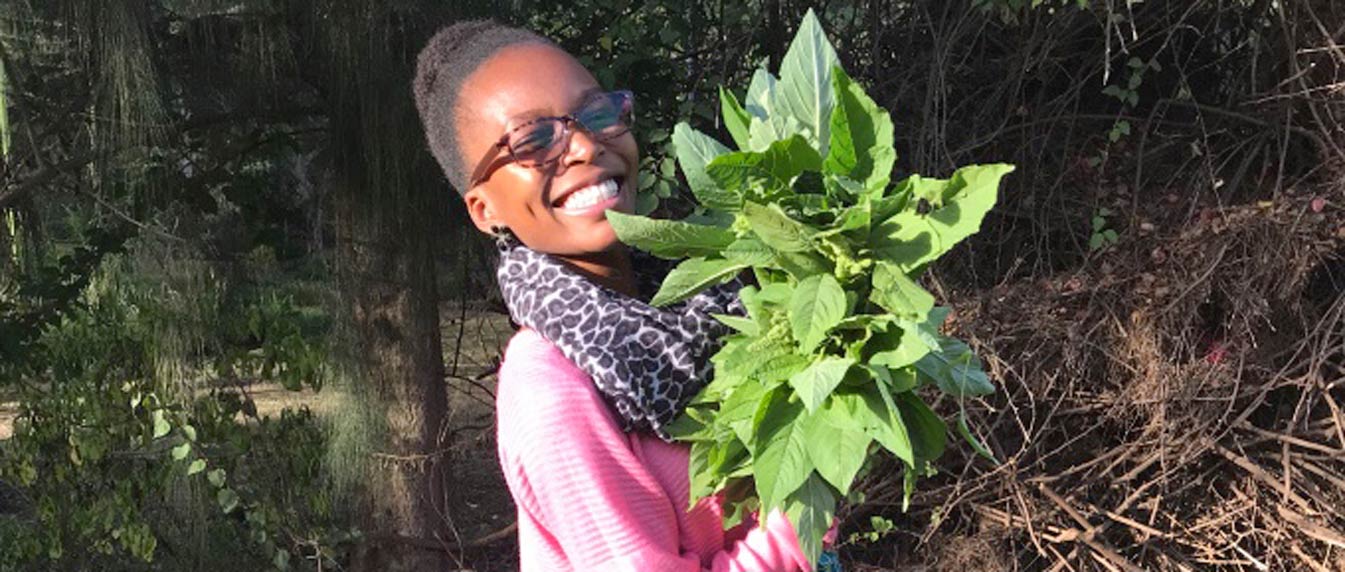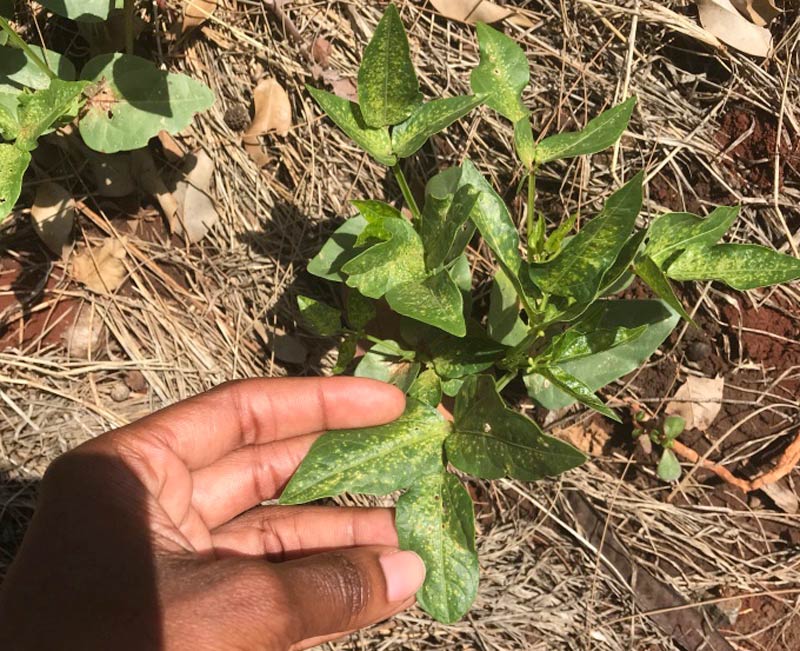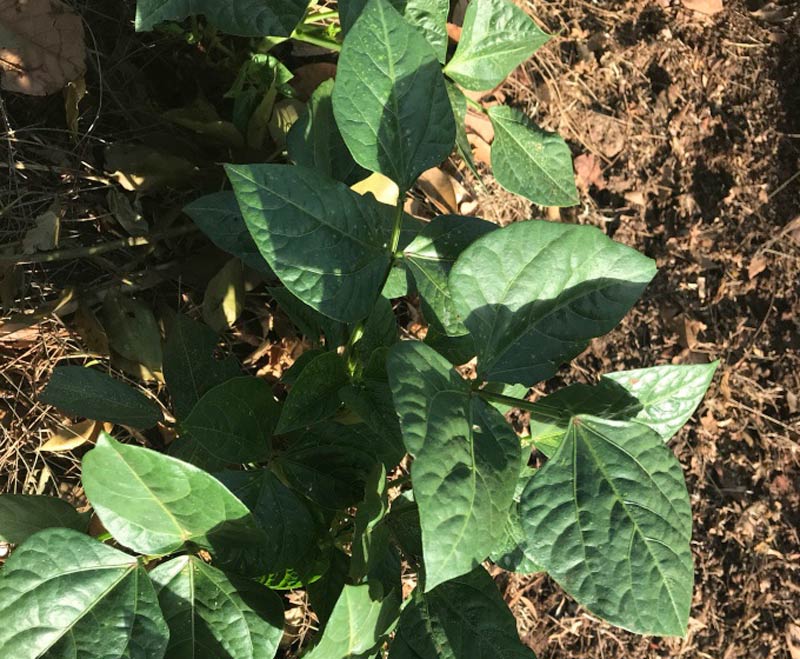
Environmental and health concerns arising from the widespread farm use of chemicals in the form of fertilizers, insecticides, and pesticides are leading farmers to embrace the use of natural remedies which present minimal residue problems on crops. One such remedy is Tephrosia vogelii.
Also known as the fish-poison-tree or the Vogel's Tephrosia, it is a soft, woody branching herb, or small tree with dense foliage, which thrives in an altitude of 1200m and a mean annual temperature of 12-27 degrees Celsius and a mean annual rainfall of 850-2650mm. A native tree to Africa, it is endowed with a useful compound in its leaves called rotenone, which makes it an effective insecticide. The World Health Organization classifies rotenone as a moderately hazardous or Class II pesticide. Tephrosia vogelii was widely used in pest control before the invention of the pesticide DDT.
Extracts of Tephrosia leaves can be used for the control of pests in the field, in storage or on domestic animals. The advantage of Tephrosia is that, unlike most synthetic pesticides, it leaves no residue on crops because rotenone breaks down within 3-5 days after application.
Tephoria is also used as a soil improver because of its nitrogen-fixing capability. In central Africa, Indonesia, the Philippines, and Malaysia it is used as green manure, for instance in coconut plantations. The nitrogen content is 3.7 g/100 g dry matter in plants 2-3 months old, falling to 1.2 g in 10-month-old material, while the phosphorus content drops from 0.8 g to 0.2 g. It can also be used to control moles in a farm. To keep the moles away from the farm, put a bunch of the fresh leaves in the entrance to the holes made by the moles.
I recently sprayed my vegetables with Tephrosia after noticing a pest infestation on their leaves. I couldn't help but marvel at the change in my vegetables after a week.

Before spraying the cowpeas vegetables with Tephrosia and garlic mixture - notice the yellow spots and the tiny holes on the leaves
To extract the active ingredients, pound 5 kilograms of fresh leaves in a mortar. The leaves do not need to be crushed perfectly. Then mix the pound leaves with 5 liters of water. Alternatively, you can choose to soak the 5 kilograms of leaves in 5 liters water for two hours or boil them for 30 minutes, filter the juice through a cloth and use directly in a sprayer. Add half a liter of soapy water (use non-smelling eco-friendly soap) to help the spray stick to the plant. To make the Tephrosia pesticide more effective, add a bunch of ground garlic to the pounded Tephrosia leaves.

Two weeks after spraying them with the Tephrosia biopesticide
This mixture can be sprayed on garden vegetables, fruits, field crops, and nursery seedlings for the control of different kinds of insect pests. It is important that the mixture has direct contact with the pests. If the pests are underneath the leaves, be sure actually to spray carefully beneath the leaf. This treatment is effective for up to seven days. After that time the process must be repeated. In areas of heavy termite infestation, the Tephrosia leaf mulch is helpful.
I was quite elated to harvest the organically farmed vegetables after two months.
Claire Nasike is a Food For Life Campaigner at Greenpeace Africa, the third awardee of the Wangari Maathai scholarship and the founder of the Hummingbird Foundation an initiative that connects school children to nature by establishing organic food and botanical gardens. She is also a contributing author of UNEP’s Global Environment Outlook and global youth leader in landscapes with Global Landscapes Forum. In her free time, she loves reading, and writing articles on her eco-blog www.conservationatheart.wordpress.com which has been nominated twice for Kenya bloggers awards (BAKE) in 2015 and 2018.

REFERENCES:
Tephrosia Vogelii: A source of Rotenouds for Insecticidal and Piscicidal Use, bulletin 1972 of the US Department of Agriculture, Agroforestry Database 4.0 (Orwa et al., 2009) Tephrosia vogelii



